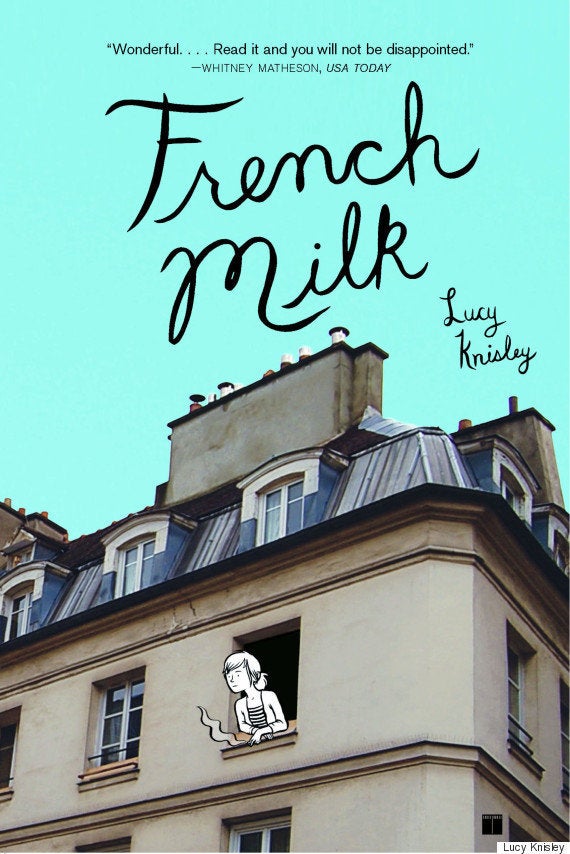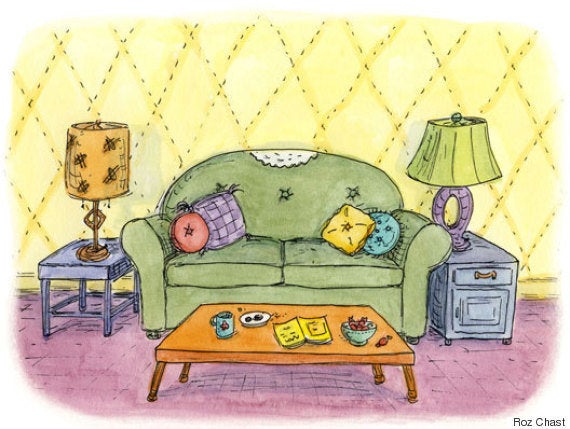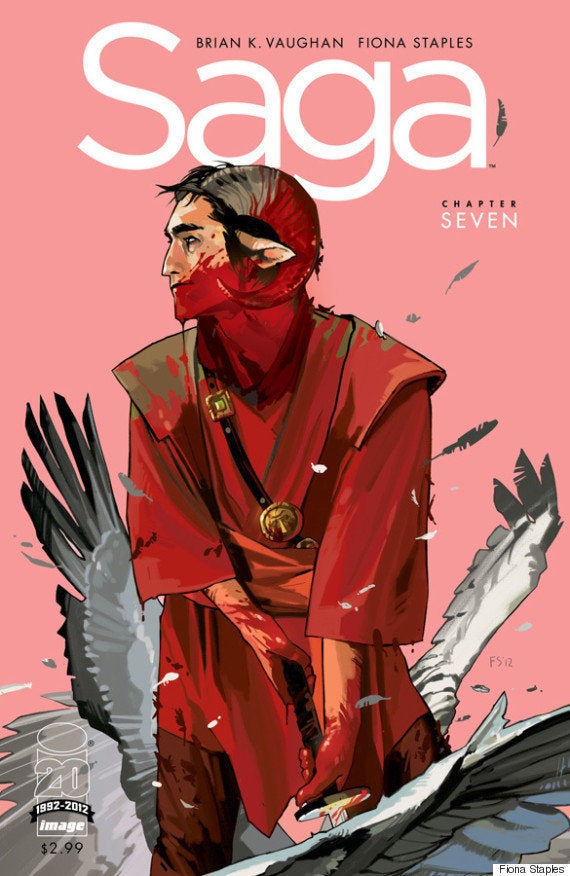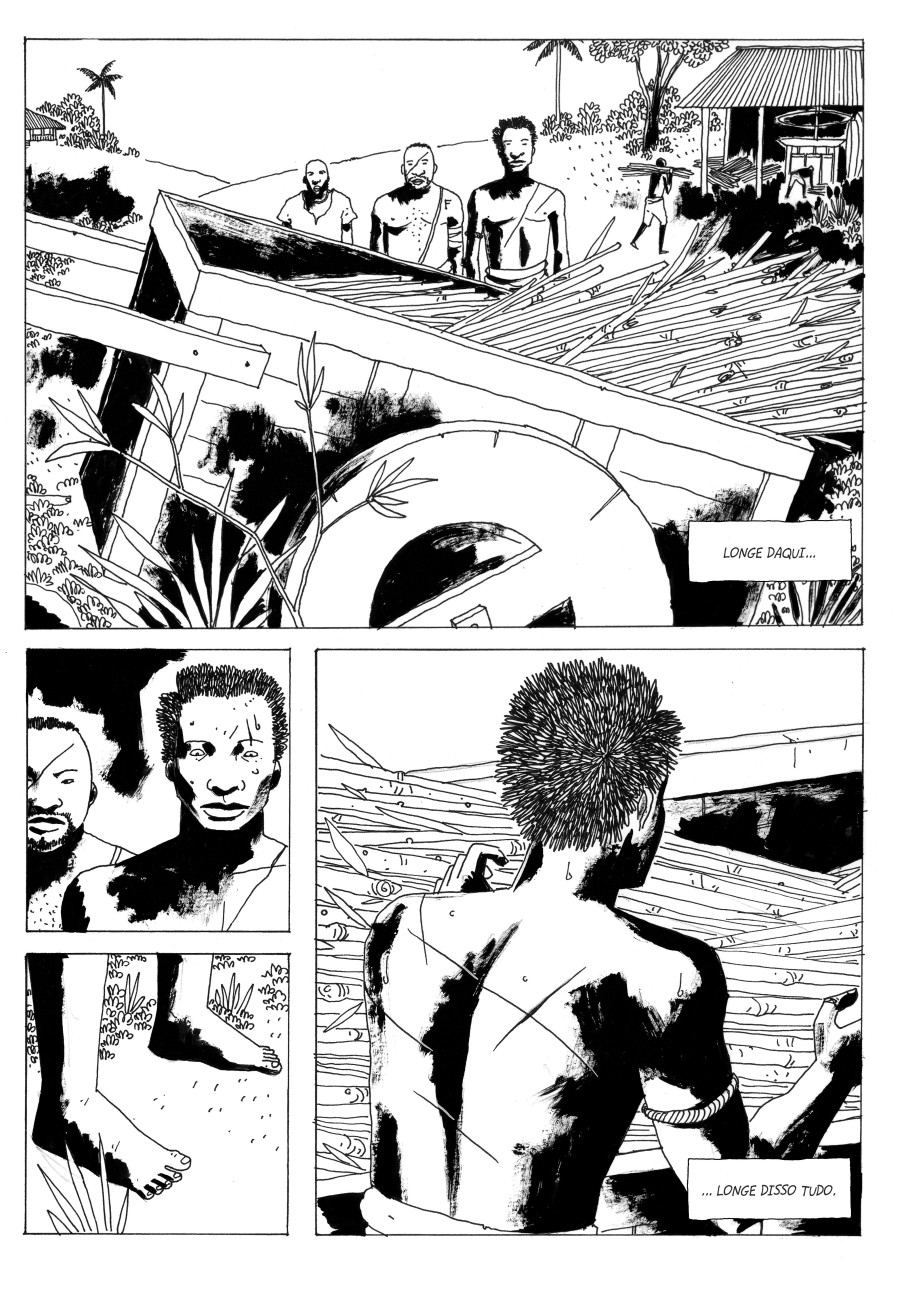
Not all slave rebellions made it into the history books. This is one of the main messages communicated by artist Marcelo d’Salete in his historical graphic novel, Cumbe.
"The scars caused by slavery are still poorly understood and discussed," the artist explained in an email to The Huffington Post. "Brazil is an extremely unequal, racist country, and this is closely related to its past. We can't continue to consider slavery as something soft in our history."
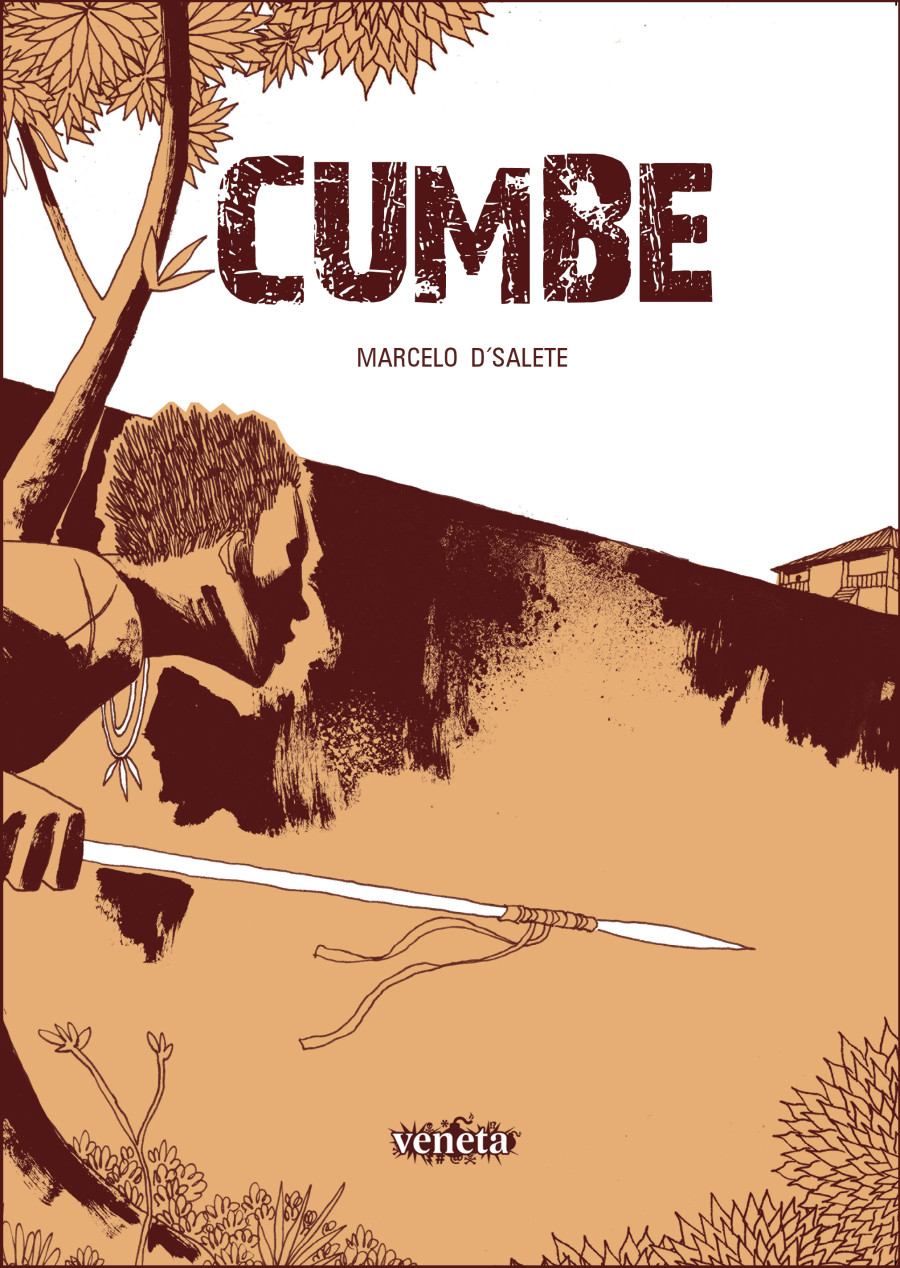
Today, Afro-Brazilians make up approximately 53 percent of the Brazilian population, with around 106 million individuals, according to a recent article in The New York Times. In fact, Brazil has the largest black population outside of Africa. However, the country still faces rampant racism, leading to disturbing statistics including the fact that black Brazilian teenagers are almost three times more likely to be the victims of murder than their white counterparts, and almost 70 percent of people living in extreme poverty in Brazil are black.
Much of today's racism stems back to the 16th century and the 300 years that followed, in which five million slaves were shipped to Brazil from Africa. (That's around 11 times more people than were sent to to North America.) Slavery was abolished in 1888, yet black Brazilians are still forced to live on the outskirts of society in a country that many argue is in denial regarding its racial prejudice.
To address Brazil's dark and hushed history, d'Salete crafted a searing and personal account of enslaved Bantu peoples, revealed in vivid black-and-white illustrations. Even more radical than the novel's subject matter is the fact that the story is told through the perspective of the victims, most likely for the very first time.

D'Salete is an illustrator, professor and historical author whose previous works include 2008's Night Light and 2011's Crossroads, which explore the stereotypes projected upon and endured by black Brazilians. For Cumbe, d'Salete digs deeper into the past struggles of the black Brazilian people, using an unconventional format to access the most devastating of stories.
"More than quantitative data, my intention was to speak from the perspective of enslaved Africans in the period and address the modes of resistance of these people. From the most individual way to the forms of collective struggle. There are few such stories in comic format that tried to address this in a very personal way."
The project began in 2006, as d'Salete culled primary and secondary sources that brought the issues of colonial Brazil to life, namely those of Bantu Africans. For the next three years, the artist created a written and visual fictional narrative from the perspective of one such Bantu individual, providing a first person account of a time primarily documented by white men. As d'Salete explained: "We need fiction to try to overcome these limits and create new reading possibilities."
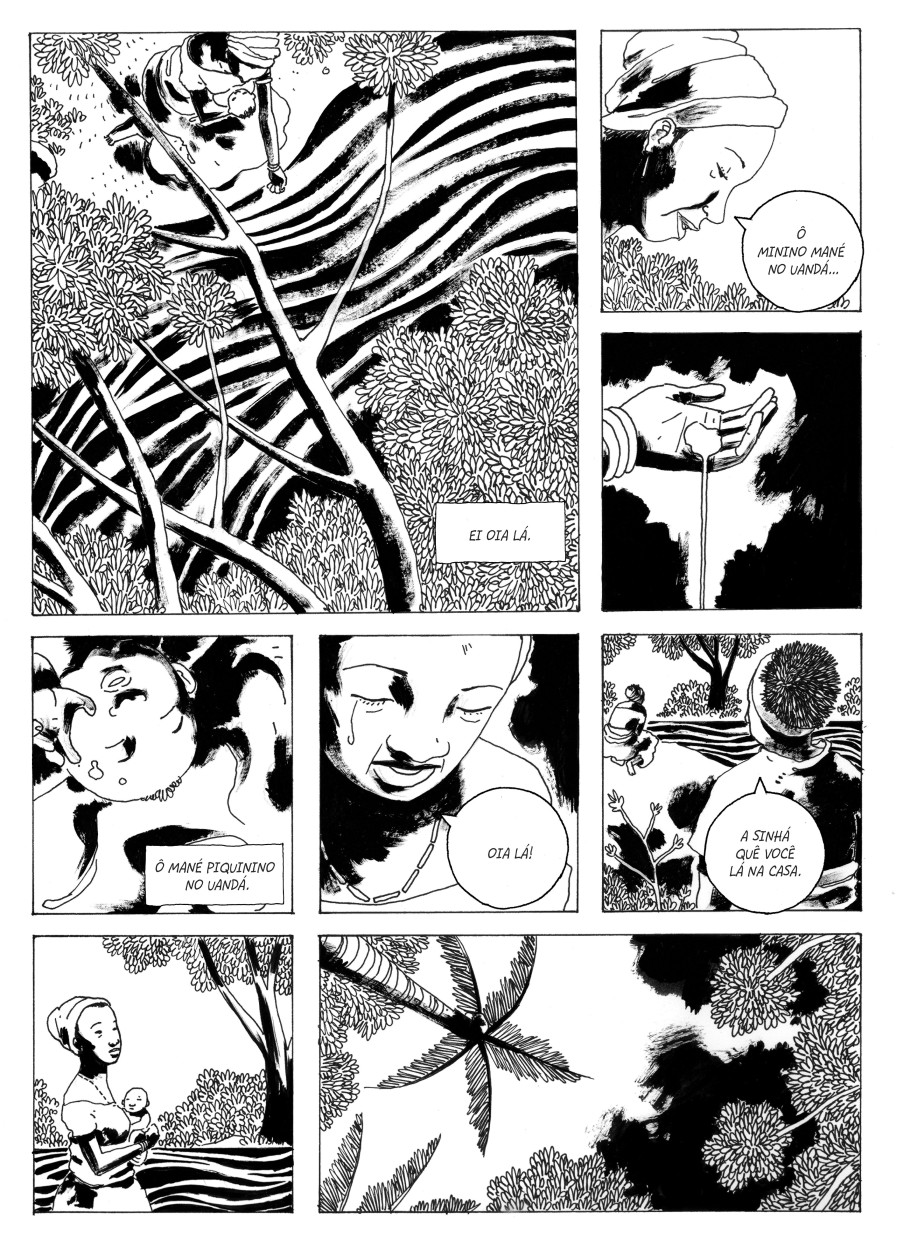
The book is divided into five parts, each telling a story of a slave rebelling against his or her master. Factual elements are juxtaposed with fantastical imagery and hallucinatory details, depicting the powers of the mind to prevail even as the body suffers.
As Hyperallergic explains: "In 'Calunga,' a mistreated slave drowns while attempting to escape a sugar plantation; as he sinks to the ocean floor, he has a stirring romantic vision of his lover. In 'Sumidouro,' a female slave experiences a similarly moving hallucination of her dead baby, killed by the master’s mad wife." The stories paint a nightmarish portrait of Bantu life, in which reality becomes more horrific than a dream ever could.
D'Salete's bold and graphic journey reveals that even if artistic expression can't change the past, it can certainly convey it in a new, more accurate and generative light. "My intention in Cumbe is to generate new ways of understanding the past of African slaves in Brazil."
See excerpts from the book below:
Related
Before You Go
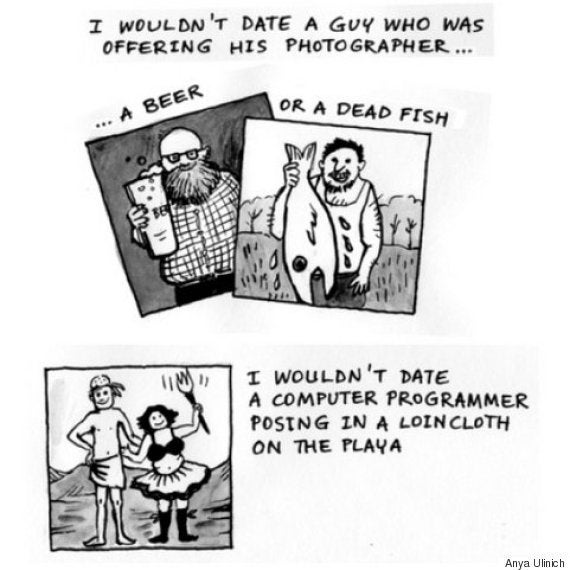
Read an excerpt from Lena Finkle's Magic Barrel.
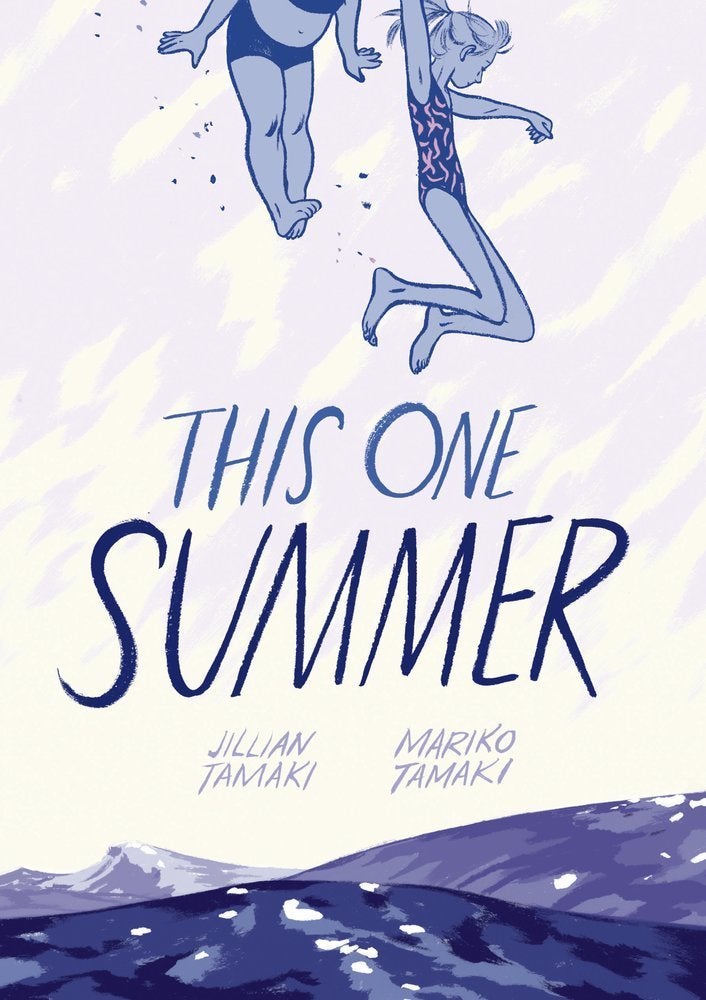
Read a blog by Mariko Tamaki.
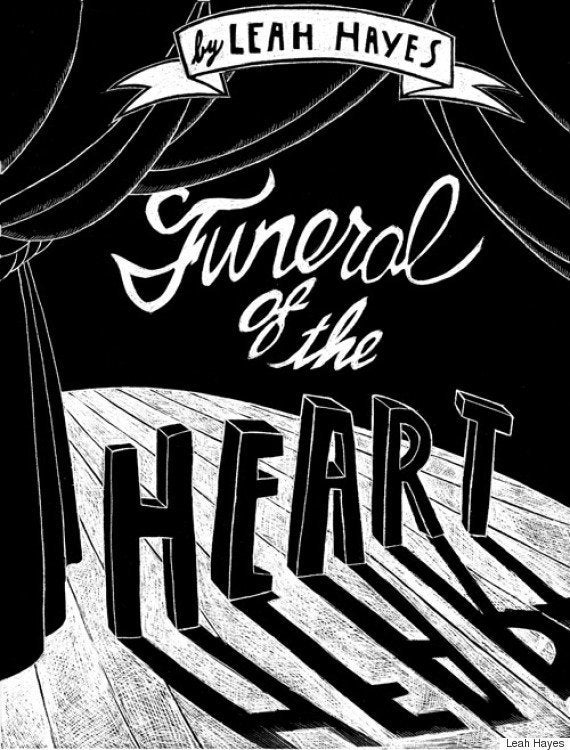
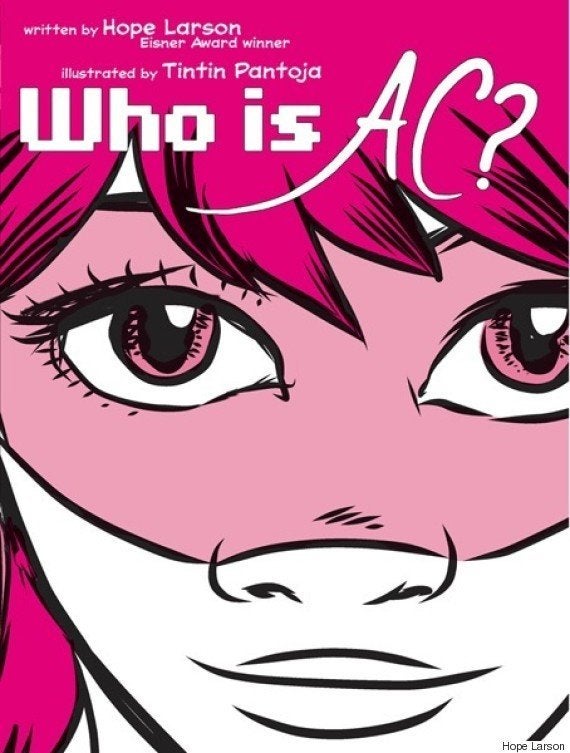
Read a blog by Hope Larson.
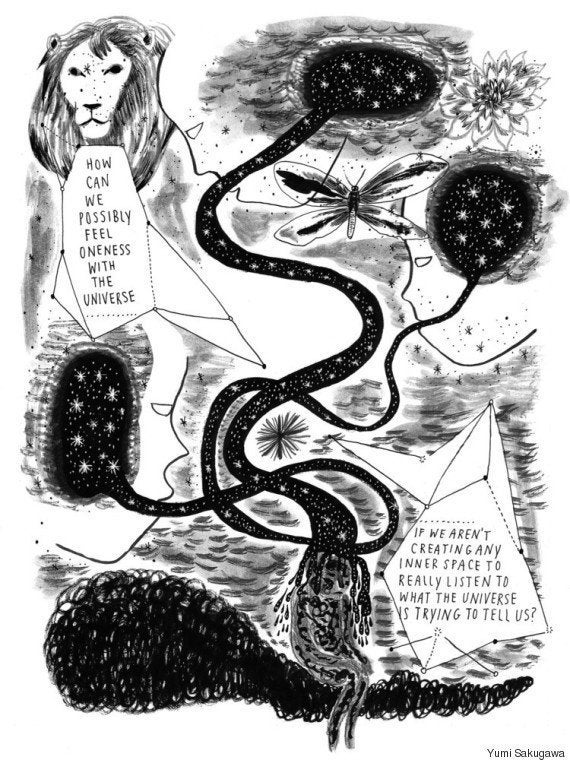
Read an excerpt from Your Illustrated Guide to Being One with the Universe.
